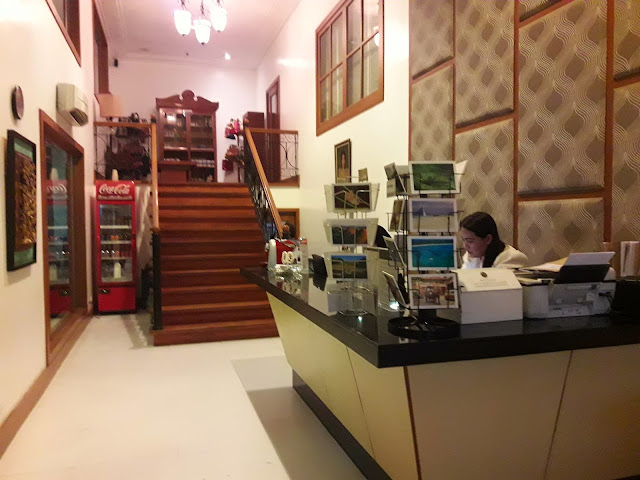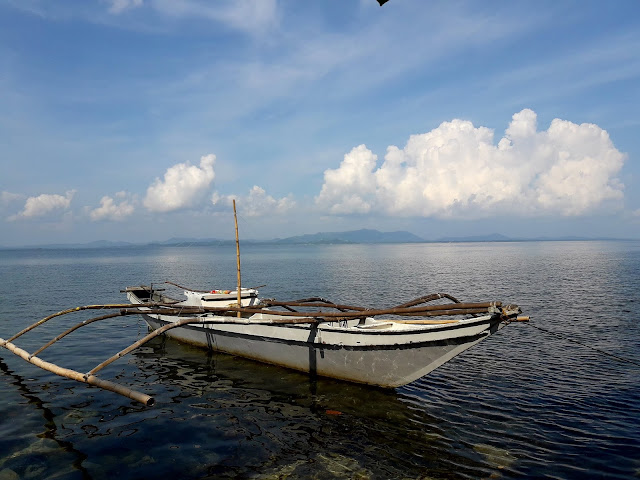“ So, what do you want to do?” she asked me as
soon as we took our seat in an airconditioned café not far from her home. It
was a respite from the sweltering heat that plagues the March afternoon. A bead
or two of sweat fell from her forehead and she took a hankie to wipe away the moisture.
Yesterday, I had the opportunity to finally
meet a virtual friend. She’s Mataji
and she’s a yogi, painter, and traveler who had lived in India, Africa, and
Europe. She’s been back to her hometown seven months ago, but the free-spirit
in her yearns to explore the world again. She is a vibrant soul so enthused
with life that it beams in her authentic smile. The moment we exchanged
pleasantries, I thought that already knew her for so long.
She asked me this question that inspired me
to : “What do you want to do?” Wow. It hit me inside.
For that seemingly simple question I
was stunned.
“What do I want to do?”
“Hey, self, give the lady an answer! What
do I want to do?”
Sounds pretty easy, huh? But it WAS not!
“What do I want to do?”
What do I want to do is different from what
do I do. If she asked what do I do, without batting an eyelash, it is easy to tell her that I
work as a librarian and I also teach. In between those tasks, I take care of a
drunkard-father who’s temporarily sober, I edit other people's works to end up a failure in doing what he wants.
There…
But what do I really want to do?
I want to write for myself… With that, I
don’t want to write a academic paper or edit a research (which I do every day). I just want to write what’s really on my mind. As of this
writing, I guess, I am doing exactly just that. I haven’t done this for almost
a year or so for many reasons. Perhaps, I was afraid I couldn’t write any more.
I fear straying away from what my heart tells me had constricted my thoughts and I didn’t
know if ever there’ll be enough creative juice to awaken the writer's spirit in me...
Do I want what I am doing now?... As in
this very minute!
Definitely. I am like a child playing under
the rain. The 8-6 grind is paying my bills, but it isn’t paying my soul. I love
my work as a librarian and I enjoy teaching, too, but there are many people
asking me to edit their work. I am afraid if I let myself be caged in all these
expectations I might miss the most profound things in my life. Writing a technical or
research paper is easy. It is predictable. You know what you’re going to write
and that makes your mind work mechanically. But it isn’t doing any help to make
myself fly beyond the limits.
I have to do what I want!
I started out as an online writer in 2008
when I was about to graduate from college. I wrote from 5-8 in the evening when
SEO was at its height. But prior to that I was already a college editor and I would bask myself on the poems and
short stories often featured on the college paper or some local news. I
survived as an SEO writer and then here’s comes blogging, which I also loved to do.
It’s another platform for my writing endeavors. Writing really is exploring the
unchartered territories of your mind. It entails you to go deep into your emotions.
You don’t expect anything when you write freely. But you just write and write
to the bones until you’re surprised you have actually filled a piece of paper
with your thoughts. For me, that’s a relief and right this very moment, it relieves
me. When you get to do what you want you have that sense of feeling free. And
when your mind if free to think, write and create ideas, you get to that sense
of accomplishment.
So, am I doing what I want?
YES! And I love every word of what I just
did.
Thank
you, Mataji, for that very enlightening question!
All photos in this post are Mataji's. You can visit her blog here































































